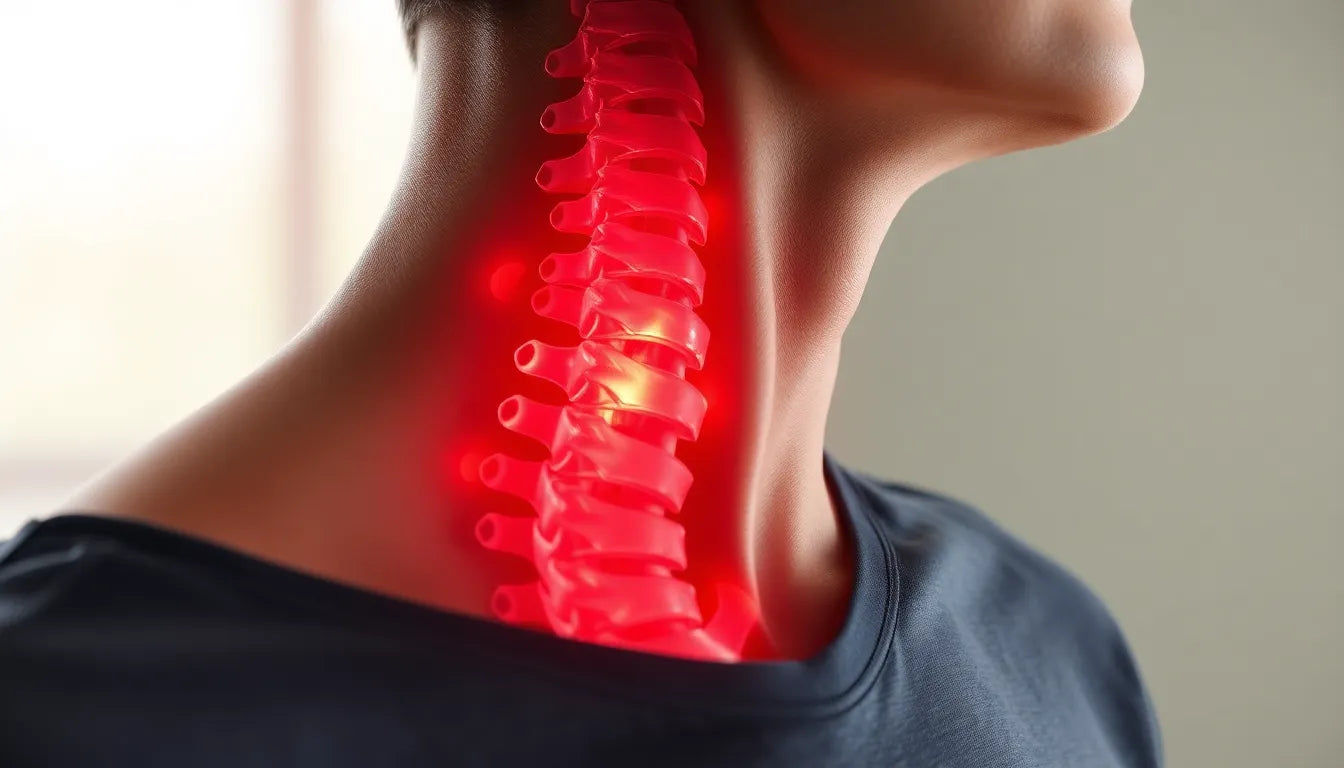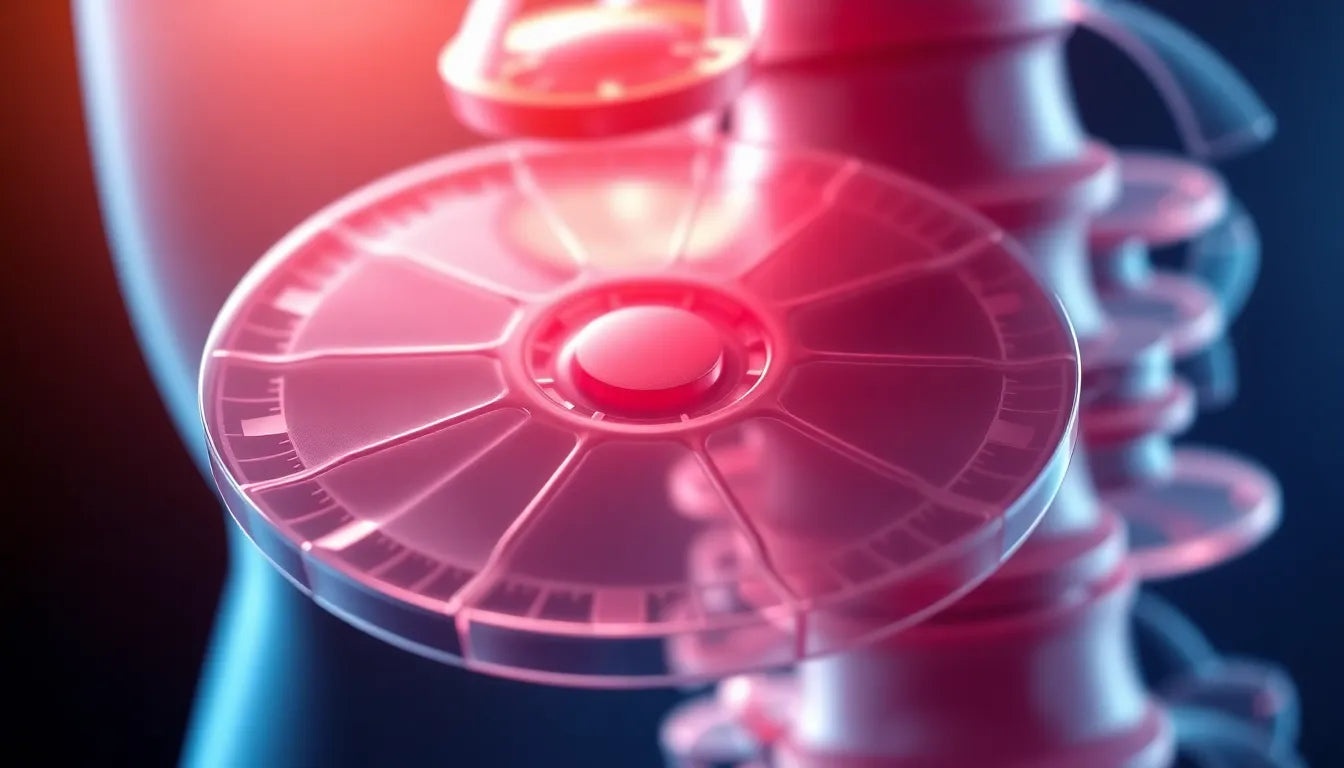Understanding the intricacies of managing a herniated disc can be crucial for those seeking relief from the often debilitating pain it causes. A herniated disc, sometimes referred to as a slipped or ruptured disc, occurs when the soft inner gel of a spinal disc pushes through a tear in the tougher exterior casing. This condition can lead to significant discomfort, primarily due to the pressure exerted on nearby nerves, resulting in back pain, numbness, or even weakness in the limbs.
For those exploring non-invasive pain management options, Transcutaneous Electrical Nerve Stimulation (TENS) emerges as a promising solution. TENS therapy involves the use of a small device that sends electrical impulses through electrodes placed on the skin. These impulses work by interfering with the pain signals sent to the brain, offering a potential reprieve from persistent pain. However, to harness the full benefits of TENS therapy, understanding where to put TENS pads for herniated disc relief is paramount.
The role of TENS therapy in pain management
TENS therapy operates on a simple yet effective principle: it sends low-voltage electrical currents through the skin to stimulate the nerves in the affected area. This stimulation can block the transmission of pain signals to the brain, effectively reducing the sensation of pain. Additionally, TENS may promote the release of endorphins, the body's natural painkillers, further enhancing its pain-relieving capabilities.
However, the success of TENS therapy is heavily contingent upon the correct placement of the pads. Proper pad placement not only maximizes the efficacy of the treatment but also ensures user safety. Incorrect placement can lead to suboptimal results and, in some cases, discomfort. Therefore, guidance on where to position the TENS pads is essential, particularly for those dealing with the complexities of a herniated disc.
In summary, while TENS therapy offers a viable pathway to pain relief for herniated disc sufferers, the importance of precise pad placement cannot be overstated. Understanding the mechanics of TENS therapy and the strategic positioning of its pads is the first step towards achieving effective and safe pain management. As we delve deeper into this topic, we will explore optimal pad placement techniques and areas to avoid, ensuring that users can confidently utilize this therapy for maximum relief.
Optimal TENS pad placement for herniated discs
When it comes to alleviating the discomfort caused by a herniated disc, the strategic placement of TENS pads is crucial. Proper placement ensures that the electrical impulses effectively target the affected nerves, providing maximum pain relief. Here are some guidelines to follow:
Placement guidelines
To begin, it's essential to position the TENS pads on either side of the spine at the level of pain. This typically means placing them just above the iliac crests, which are the top edges of the pelvic bones. By doing so, the electrical impulses can effectively address the nerve roots that may be compressed due to the herniated disc. Ensure that the pads are parallel to each other and the spine, maintaining a minimum distance of 1 inch between them. This spacing prevents the electrical current from jumping between the pads, ensuring a safe and effective treatment.
Methods of pad placement
There are several methods for placing TENS pads, each designed to target pain in different ways:
- Bracketing method: This involves placing the pads around the area of pain, effectively "bracketing" it. This method helps to concentrate the electrical impulses directly on the affected area, potentially providing more targeted relief.
- Crossing method: In this approach, the pads are placed diagonally, creating an X pattern. This method offers broader coverage and can be particularly useful for diffuse pain that doesn't localize to one specific spot.
Areas to avoid
While TENS therapy can be highly effective, it's important to avoid placing the pads in certain areas to ensure safety and effectiveness. Never place the pads directly on the herniated disc or over the spinal cord. Additionally, avoid positioning the pads on open wounds, moles, birthmarks, or inflamed skin, as this can cause irritation or discomfort.
Other areas to steer clear of include the front or sides of the neck, near the eyes or mouth, numb areas, and varicose veins. These locations can be sensitive or have underlying structures that should not be stimulated by electrical impulses.
Visual guide
To assist in understanding the correct and incorrect placements, a visual guide can be incredibly helpful. Diagrams or images illustrating proper pad placement can highlight key points and areas to avoid, providing a clear reference for users. Annotations can further clarify the guidelines, ensuring that users can confidently apply TENS therapy for their herniated disc pain.
By following these placement guidelines and methods, individuals can harness the full potential of TENS therapy, optimizing pain relief while maintaining safety. As always, consulting with a healthcare professional before starting any new treatment is recommended to tailor the approach to individual needs and conditions.
Safety and best practices for TENS therapy
Using TENS therapy for herniated disc relief can be an effective method for managing pain, but it is essential to adhere to safety guidelines to maximize benefits and minimize risks. Before starting TENS therapy, it is crucial to consult with a healthcare professional or physical therapist. They can provide personalized advice and ensure that the therapy is suitable for your specific condition.
When using a TENS unit, always follow the instructions provided in the device's manual. This includes understanding the correct settings for intensity and duration. Avoid using the TENS unit while sleeping, driving, or operating machinery, as this could lead to accidents or ineffective treatment. Additionally, regularly inspect the TENS pads for wear and tear, replacing them as needed to maintain proper adhesion and electrical conductivity.
Maintaining these safety practices will help ensure that TENS therapy is both effective and safe for managing herniated disc pain.
Frequently Asked Questions
What are the best positions for TENS pads for herniated discs?
The optimal placement for TENS pads when dealing with a herniated disc is on either side of the spine at the level of pain. It is important to avoid placing the pads directly on the spine or herniated disc to ensure effective and safe treatment.
How often should I use a TENS unit for herniated disc pain?
The frequency of TENS unit usage can vary depending on individual needs and the severity of pain. Generally, it is recommended to use the TENS unit for 20-30 minutes up to three times a day. However, consulting with a healthcare provider can provide tailored advice based on your specific circumstances.
Can TENS therapy be used in conjunction with other treatments?
Yes, TENS therapy can be used alongside other treatments such as physical therapy, medication, or chiropractic care. It is important to consult with a healthcare professional before combining treatments to ensure compatibility and safety.
Conclusion
Understanding the correct placement of TENS pads is crucial for achieving effective pain relief from a herniated disc. By adhering to the guidelines for pad placement and following safety practices, individuals can optimize their TENS therapy experience. Always seek professional advice to tailor the therapy to your specific needs and ensure the best possible outcomes.


















